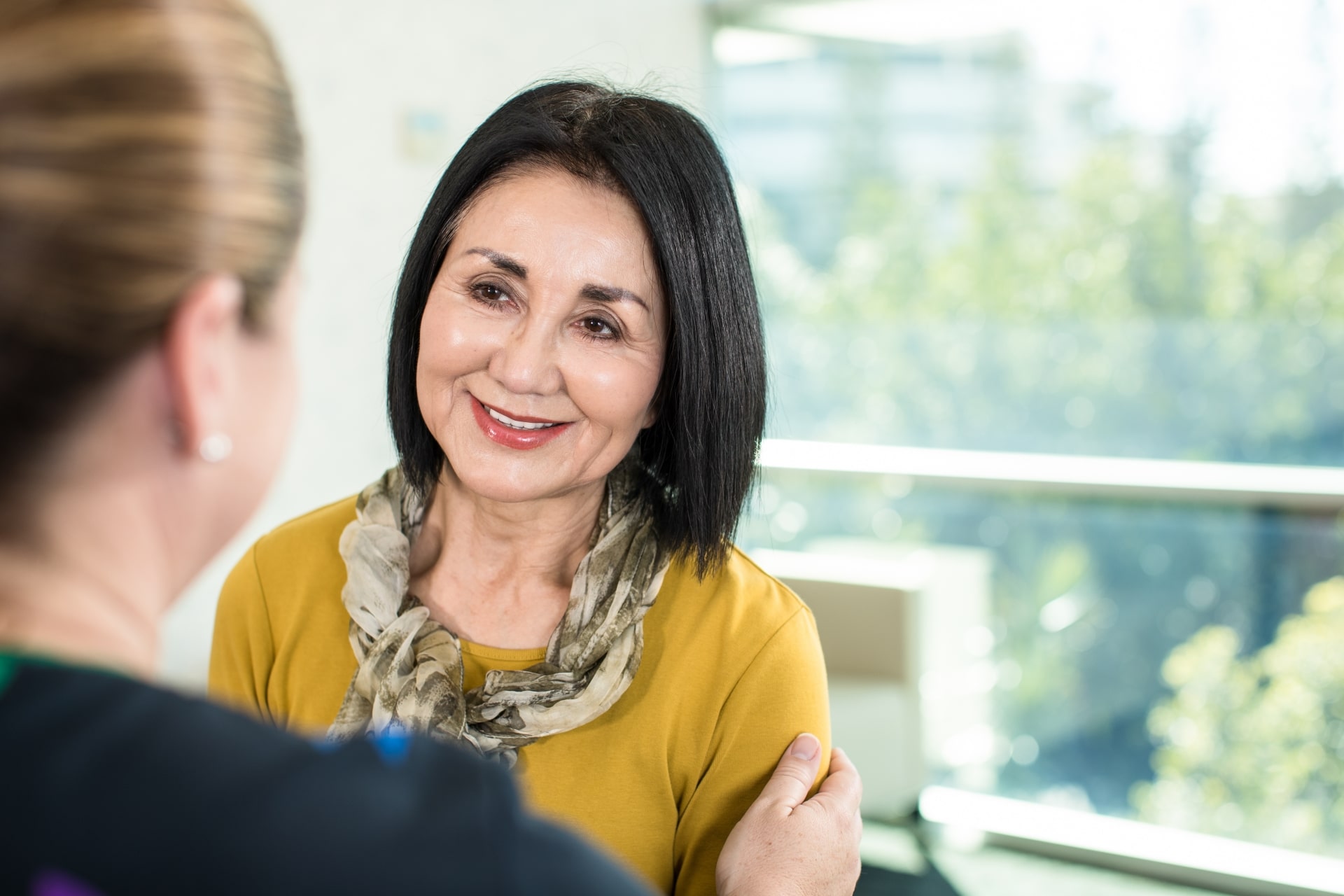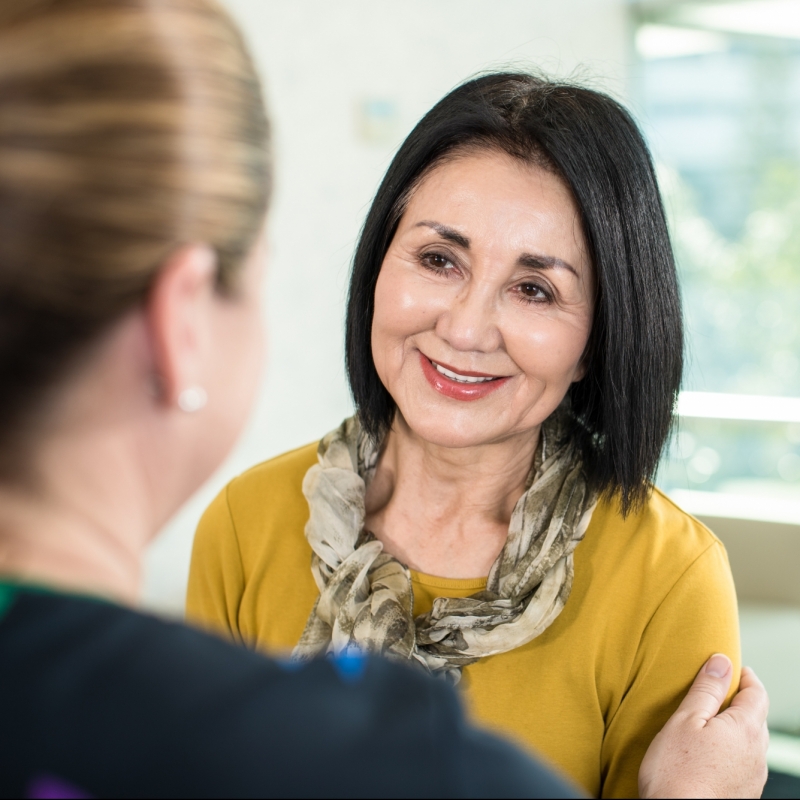Lymphoedema is the swelling of a limb and/or parts of the body caused by the lymphatic system not functioning properly and becoming compromised.
The lymphatic system plays an important role in the body’s defence against infection by filtering and removing bacteria. The swelling can occur when the normal process of lymph drainage doesn’t work properly. This can affect certain parts of the body.
Early signs and symptoms of lymphoedema may include an unexplained swelling which increases over time, or you may feel heaviness or dull ache and discomfort in your arm, chest or breast. If left untreated, it can lead to loss of function, and the skin becoming prone to infection.

